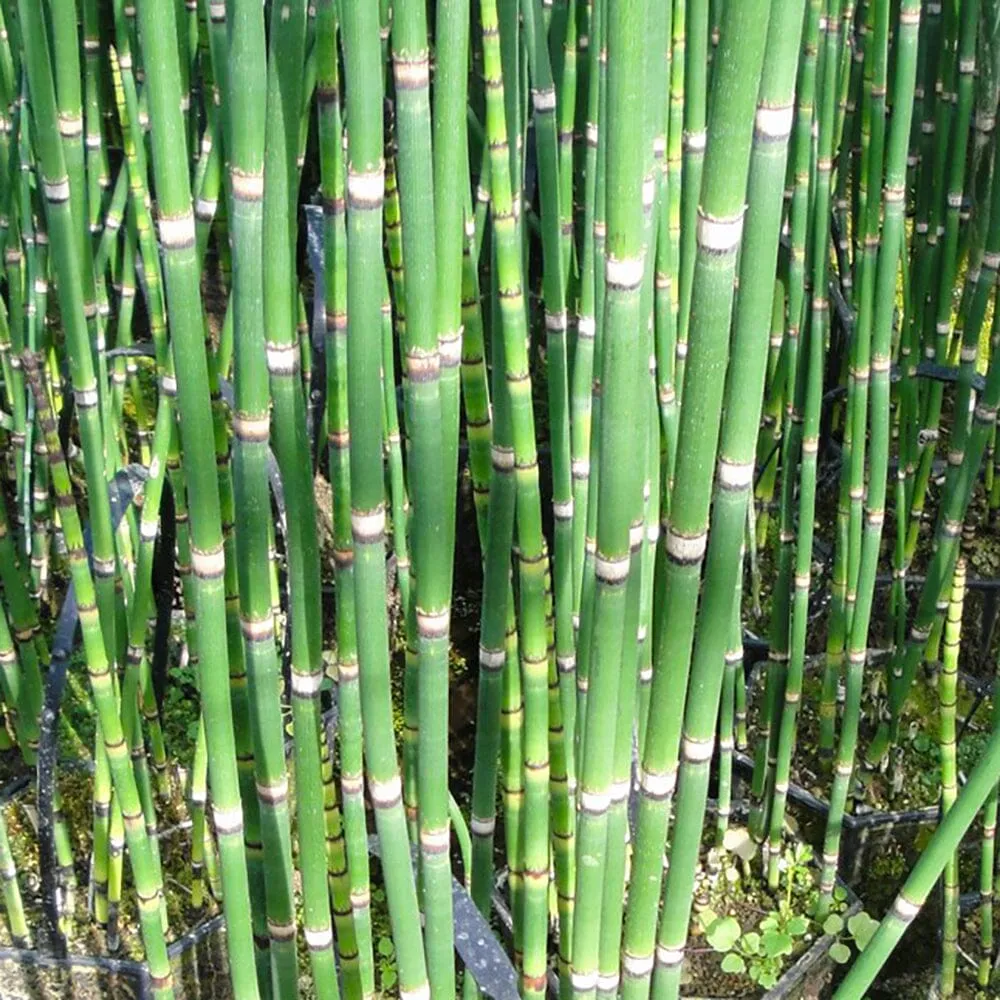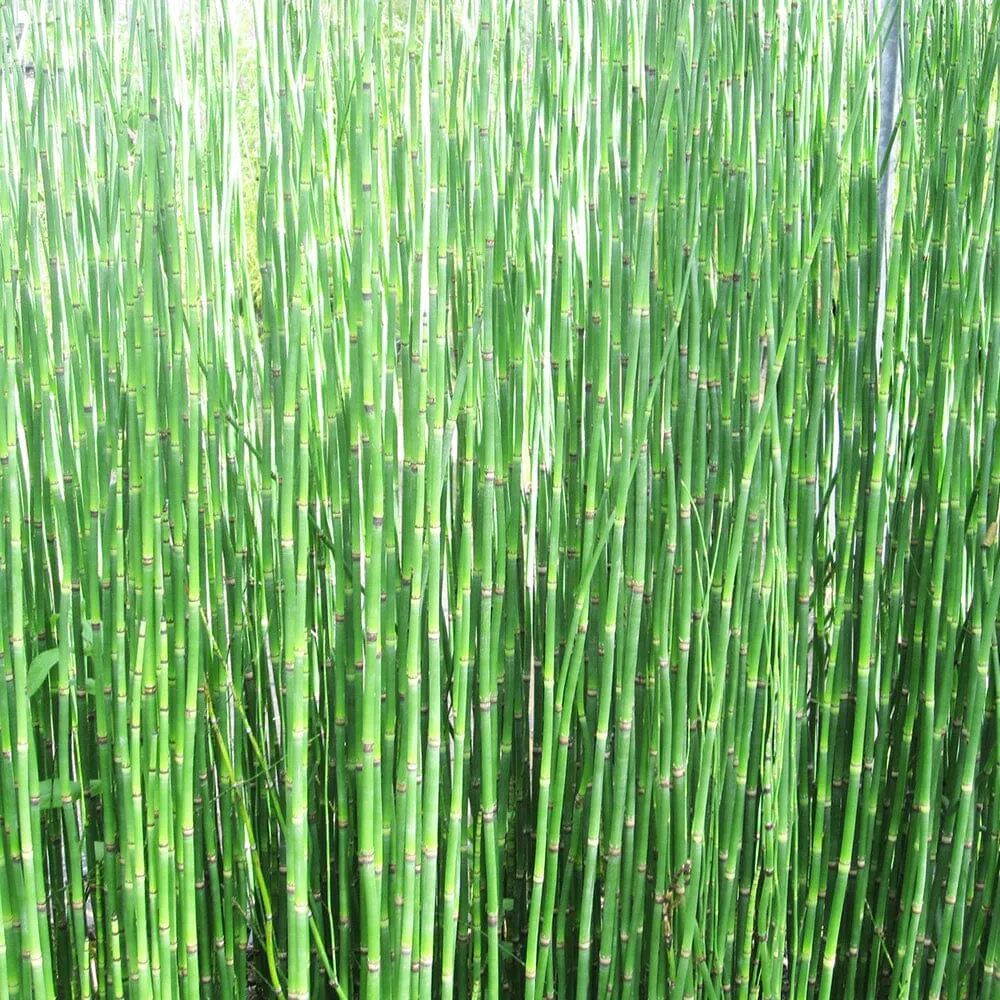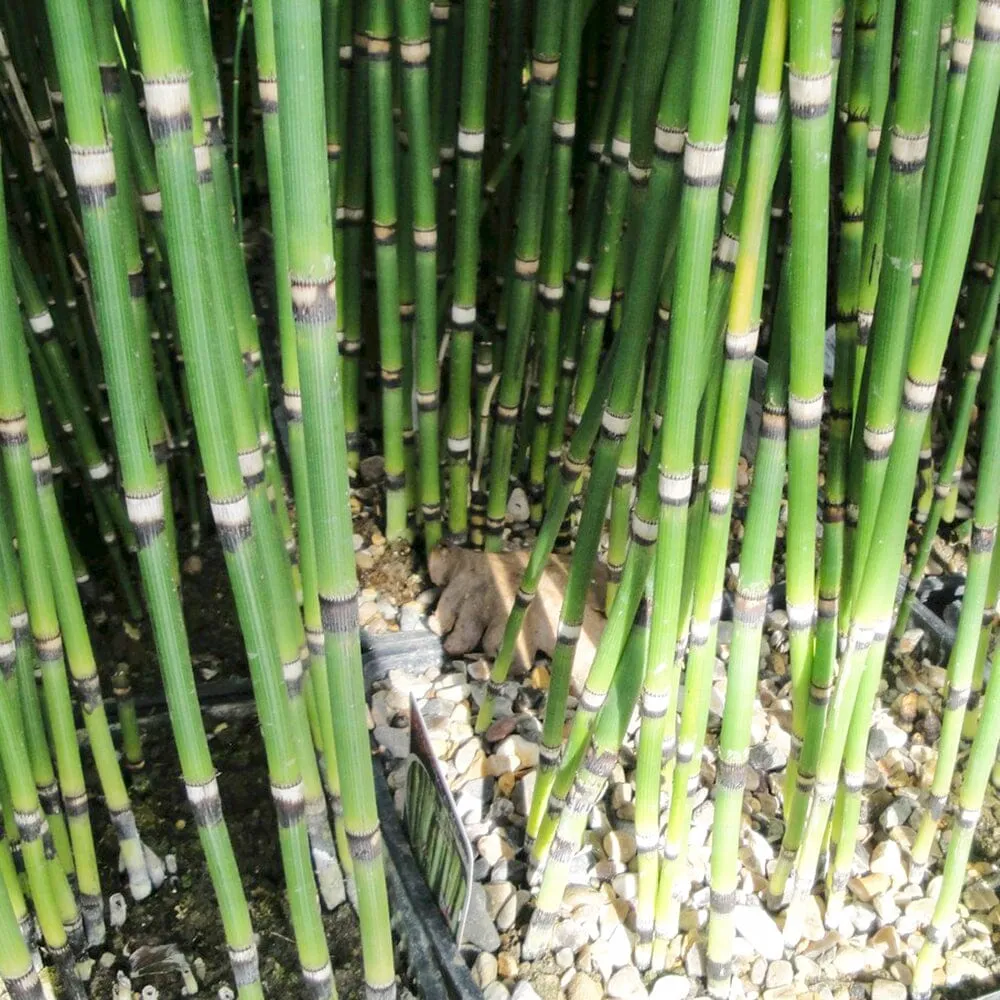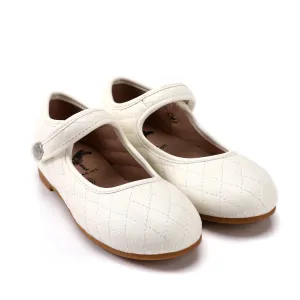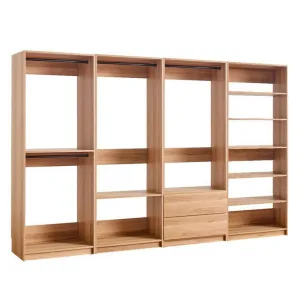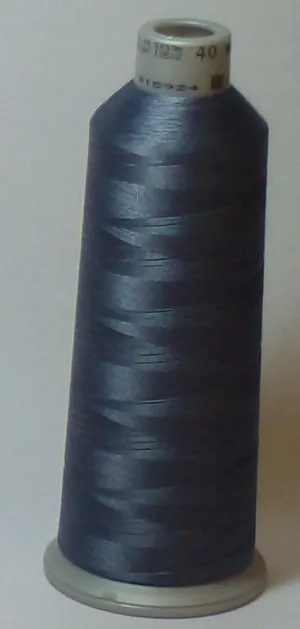Equisetum hyemale, commonly known as Horsetail or Scouring Rush, is a perennial plant that belongs to the Equisetaceae family. It is a unique and primitive plant with a distinctive appearance. Here's a detailed description and care guide for Equisetum hyemale:
Description:
Equisetum hyemale is characterized by its hollow, jointed stems that resemble bamboo or reeds. The stems can reach heights of 2-4 feet (60-120 cm) or even taller. They are green and segmented, with ridges running vertically along the length. The stems are mostly leafless, but small scale-like leaves can be found in whorls at the joints. In the spring, Equisetum hyemale produces cone-like structures at the tips of the stems that contain spores. The plant's unique appearance and architectural structure make it an interesting addition to water gardens, ponds, or as a decorative accent in garden landscapes.
Care Guide:
Lighting: Equisetum hyemale thrives in full sun to partial shade. It prefers a location with at least 4-6 hours of direct sunlight per day. However, it can tolerate some shade, especially during the hottest part of the day. Insufficient light may cause the plant to become leggy or have less vibrant growth.
Water: Equisetum hyemale is a water-loving plant and thrives in consistently moist to wet soil conditions. It naturally occurs in wetlands, marshes, and along water edges. Ensure the soil remains consistently moist but avoid waterlogging. Water deeply when the top inch of soil feels dry to the touch.
Soil: Equisetum hyemale can grow in a variety of soil types, including clay, loam, or sandy soil. It prefers fertile soil that retains moisture well. If growing in containers, use a well-draining potting mix or a mixture of loam and sand.
Temperature: Equisetum hyemale is adaptable to a range of temperatures. It is hardy in USDA hardiness zones 3-11. It can tolerate both cold and warm climates. Protect the plant from extreme temperatures and frost. In colder regions, the plant may die back during winter and re-emerge in spring.
Fertilizer: Equisetum hyemale does not require heavy fertilization. It can obtain nutrients from the surrounding soil. However, incorporating a balanced, slow-release fertilizer into the soil during the growing season can provide additional nutrients. Follow the manufacturer's instructions for dosage and application methods.
Maintenance: Equisetum hyemale is a low-maintenance plant. Regular maintenance involves removing any dead or yellowed stems to maintain a neat appearance. Cut back the plant to the ground in early spring to promote fresh growth. Be cautious when handling the plant as it can be abrasive and cause skin irritation.
Propagation: Equisetum hyemale can be propagated through division or by collecting and sowing its spores. Division is best done in spring when new growth appears. Carefully separate the clumps, ensuring each division has healthy rhizomes and stems, and replant them in suitable soil or containers. Spores can be collected from mature cone-like structures and sown in a suitable growing medium.
Pests and Diseases: Equisetum hyemale is generally resistant to pests and diseases. However, it may occasionally attract aphids or be susceptible to fungal diseases if growing conditions are unfavorable. Monitor the plant for any signs of pests or diseases and take appropriate measures if necessary.
By following these care guidelines, you can enjoy the unique and architectural appearance of Equisetum hyemale in your water gardens, ponds, or garden landscapes. Adjust the care routine based on your specific growing conditions and monitor the plant for any signs of stress, pests, or diseases. With proper care, Equisetum hyemale can provide a natural and eye-catching element, adding interest and texture to your outdoor spaces.

 Cart(
Cart(